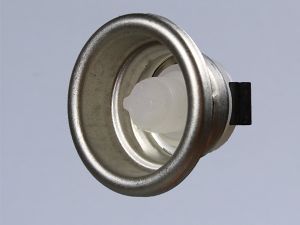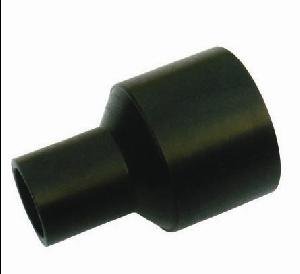Solids Valves
Solids Valves are used to control or regulate the flow of powder, granular and other bulk solid materials along a process line. They are also used to control or regulate the flow of solids to and from process units, storage bins, Conveyors and product packaging. There are several basic types of solids valves. Ball valves provide tight shut off, predictable control, and ease of operation. Butterfly valves control flow through a circular disc or vane by turning the valve's pivot axis at right angles to the direction of flow in the pipe. Clamshell valves use a swinging disc or gate to cutoff, restrict, or control the flow path. Control Valves or proportional valves are power-operated devices that modify fluid flow or pressure rate in a process system. Diverter Valves change the direction of the flow of a medium to two or more different directions. Double flap airlocks and flap valves are used to shut-off the flow of bulk material. The flaps open sequentially to maintain the airlock between the hopper and conveyor or process unit. Iris valves enclose mechanical components in a flexible sleeve to prevent the ingress of solid materials. Mixing valves combine the flows of two or more inlets into a single outlet. Pinch valves are full bore, linear action valves used for on/off control or throttling service. Gate valves or knife valves are solids valves that use a flat closure element to provide shut-off.
Differences in Solids Valves
Solids valves differ in terms of performance specifications and actuation methods. Valve size represents the size of the passage opening and is measured in English units such as inches (in) or metric units such as centimeters (cm). Pressure rating is the maximum pressure, usually measured in pounds per square inch (psi), for which products are rated. There are many different actuation methods for solids valves. Manual devices are opened or closed via a hand-operated wheel or crank. Mechanical valves are actuated by an unpowered component such as a float or cam. Electric and Pneumatic Valves are commonly available. Electro-hydraulic servo valves produce hydraulic control in response to an electrical signal input. Similarly, electro-pneumatic servo valves produce pneumatic control in response to an electrical signal input. Thermally-actuated valves are activated by a change in temperature in the handled media. Typically, temperature and pressure relief occurs once a preset temperature is reached.
Applications
There are many applications for solids valves. Some products are used to feed or discharge mixers or other processing vessels. Other devices feed bulk materials from nonpressurized hoppers into pressure or vacuum conveying lines. Solids valves that feed from hoppers to loss-in-weight feeders are also available. Although some industries use Valves that were designed originally for liquids or gases, many companies use specialized products in order to avoid problems as jamming, leaking, or cross-contamination.

